The Ultimate Guide To Companion Planting With Nasturtiums
The Ultimate Guide to Companion Planting with Nasturtiums
Nasturtiums are beautiful, edible flowers that can add a pop of color to any garden. They're also relatively easy to grow and care for, making them a great choice for beginner gardeners. But did you know that nasturtiums can also be beneficial to other plants in your garden? That's right, nasturtiums are companion plants, which means they can help to improve the growth and health of other plants when they're planted together.
In this guide, we'll discuss the benefits of companion planting with nasturtiums, as well as some of the best plants to pair them with. We'll also provide some tips on how to plant and care for nasturtiums in your garden.
Benefits of Companion Planting with Nasturtiums
There are many benefits to companion planting with nasturtiums. Here are a few of the most notable:
- Attract pollinators: Nasturtiums are a favorite food of bees, butterflies, and other pollinators. Planting nasturtiums in your garden can help to attract these beneficial insects, which can help to pollinate your other plants and boost their yields.
- Attract beneficial insects: Nasturtiums also attract beneficial insects, such as ladybugs and lacewings. These insects prey on pests, such as aphids and whiteflies, which can damage your other plants.
- Improve soil quality: Nasturtiums are nitrogen-fixing plants, which means they can help to improve the nitrogen content of the soil. This can benefit other plants in your garden, as nitrogen is an essential nutrient for plant growth.
- Suppress weeds: Nasturtiums can help to suppress weeds by shading the soil and preventing them from getting enough sunlight. This can save you time and effort in weeding your garden.
- Decorative: Nasturtiums are also beautiful flowers that can add a pop of color to your garden. They can be used to create borders, fill in empty spaces, or simply add a touch of whimsy to your landscape.
Best Plants to Pair with Nasturtiums
There are many different plants that can benefit from being planted near nasturtiums. Here are a few of the best pairings:
- Tomatoes: Nasturtiums can help to deter tomato hornworms and aphids, which are two common pests of tomatoes. They can also help to improve the flavor of tomatoes.
- Cucumbers: Nasturtiums can help to deter cucumber beetles and squash bugs, which are two common pests of cucumbers. They can also help to improve the pollination of cucumbers.
- Peas: Nasturtiums can help to attract beneficial insects, such as ladybugs and lacewings, which can help to control pests that damage peas. They can also help to improve the nitrogen content of the soil, which is beneficial to peas.
- Carrots: Nasturtiums can help to repel carrot flies, which are a common pest of carrots. They can also help to improve the flavor of carrots.
- Spinach: Nasturtiums can help to attract beneficial insects, such as ladybugs and lacewings, which can help to control pests that damage spinach. They can also help to improve the soil quality, which is beneficial to spinach.
How to Plant and Care for Nasturtiums
Nasturtiums are relatively easy to plant and care for. Here are a few tips:
- Plant nasturtiums in full sun. They will tolerate partial shade, but they will produce more flowers in full sun.
- Plant nasturtiums in well-drained soil. They are not tolerant of wet feet.
- Fertilize nasturtiums every few weeks with a balanced fertilizer.
- Water nasturtiums regularly, especially during hot, dry weather.
- Deadhead nasturtiums regularly to encourage new flower growth.
- Nasturtiums are annuals, so they will need to be replanted each year.
Conclusion
Nasturtiums are a versatile and beneficial plant that can add beauty and function to any garden. By companion planting with nasturtiums, you can improve the growth and health of your other plants, attract pollinators, and suppress weeds. With a little care and attention, nasturtiums can thrive in your garden for years to come.
FAQ of nasturtium flowers companion planting
1. What are some good companion plants for nasturtiums?
Nasturtiums are relatively easy to grow and can be companion planted with a variety of other plants. Some good companion plants for nasturtiums include:
- Carrots: Nasturtiums help to repel carrot fly, a common pest of carrots.
- Cucumbers: Nasturtiums help to deter cucumber beetles.
- Tomatoes: Nasturtiums help to attract pollinators, which are important for tomato pollination.
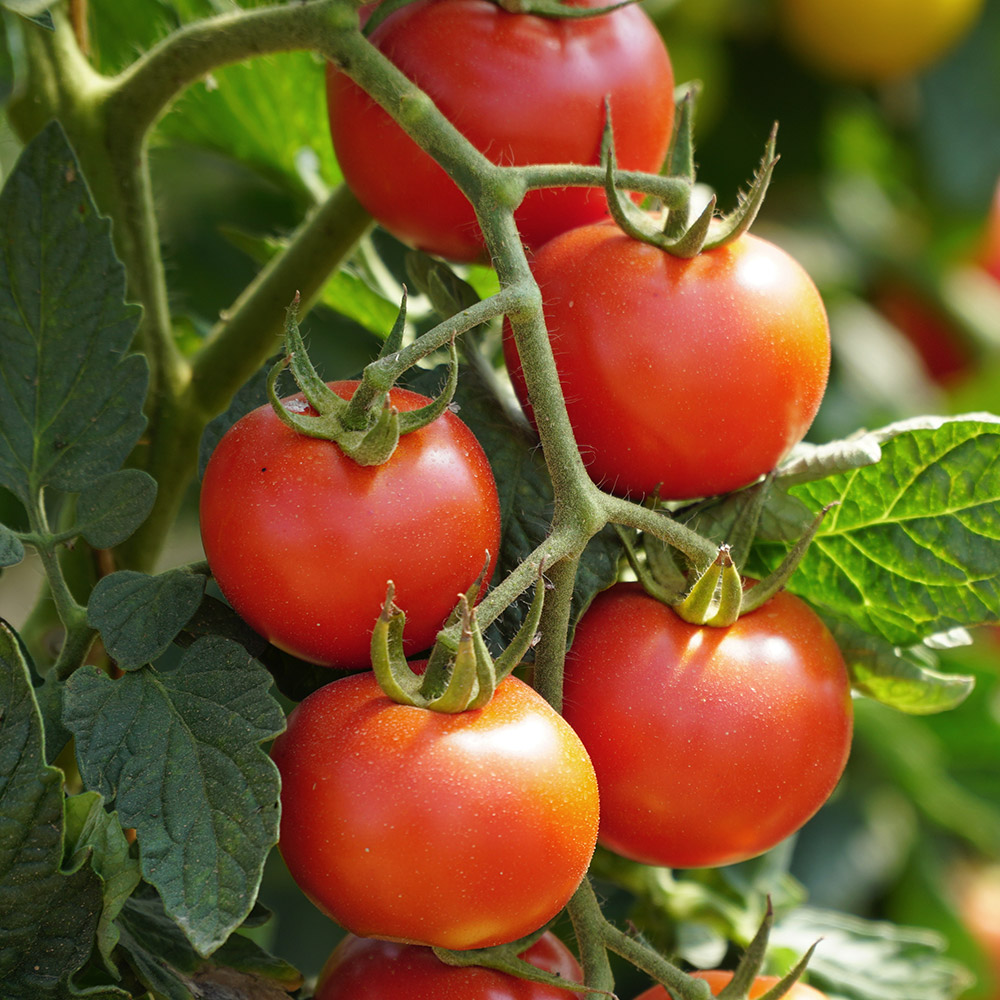
- Beans: Nasturtiums help to fix nitrogen in the soil, which can benefit beans.
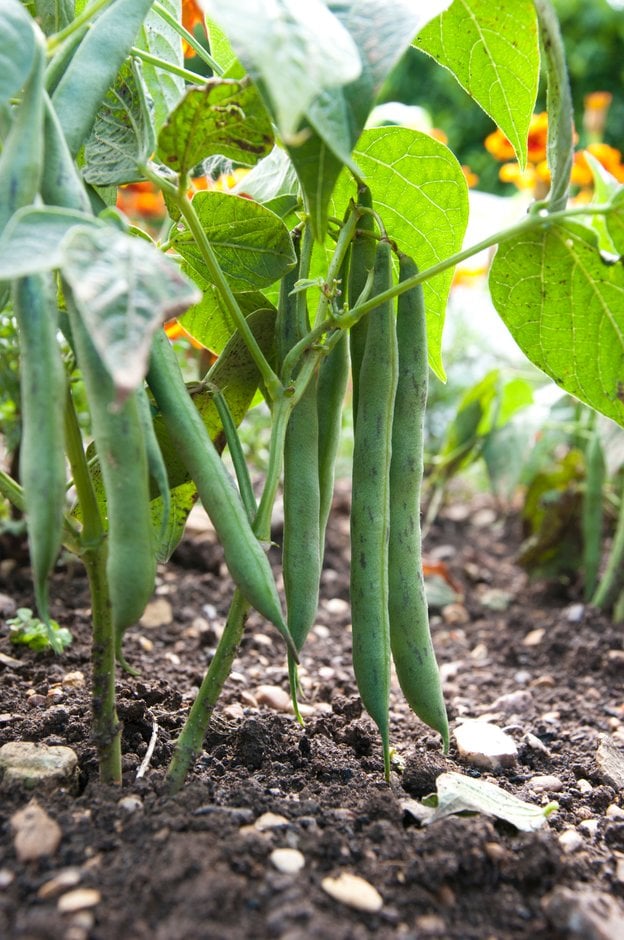-(2).jpg)
- Sunflowers: Nasturtiums can help to shade the roots of sunflowers, which can help to prevent them from rotting.
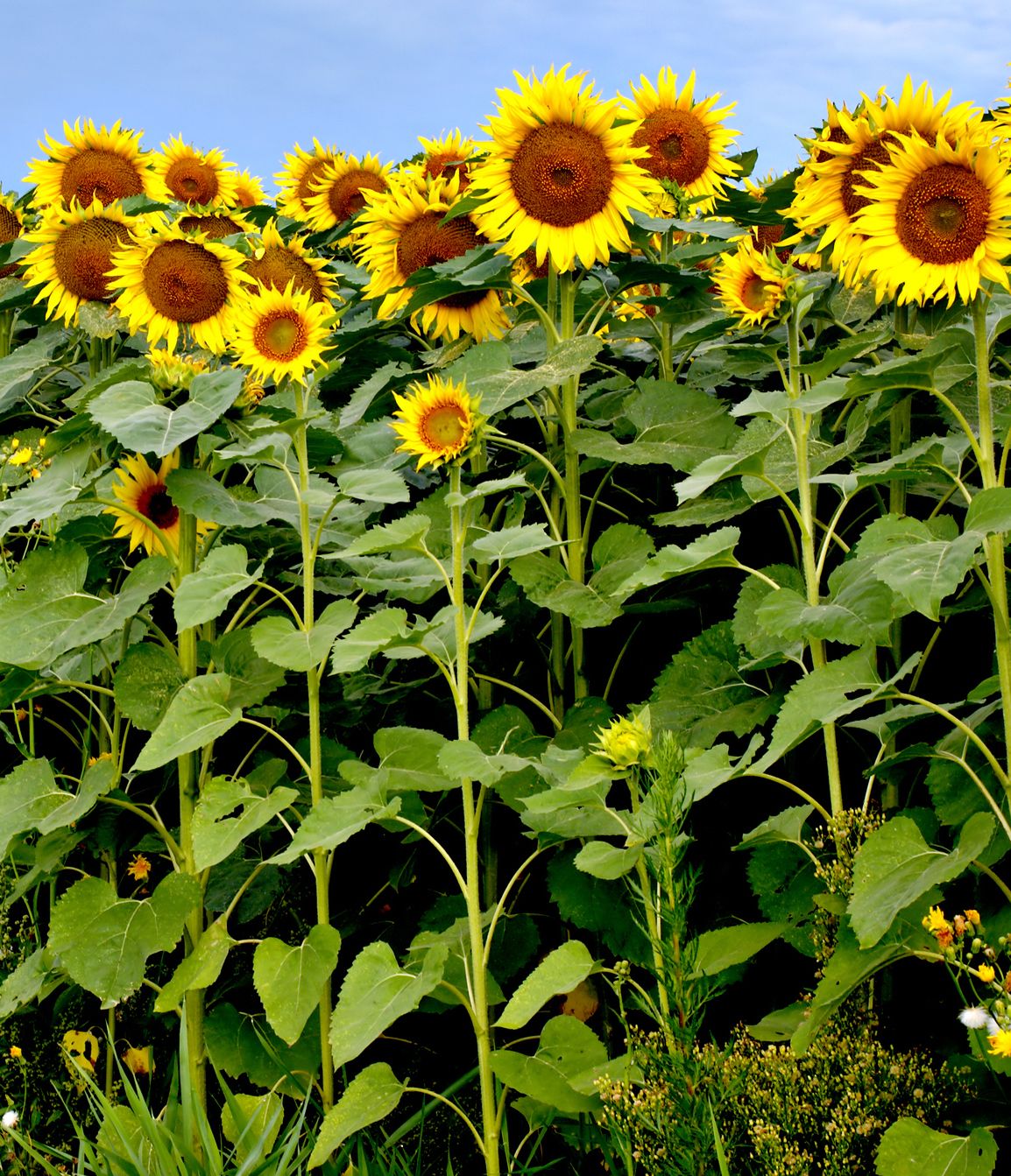
2. What are some plants that should not be planted near nasturtiums?
There are a few plants that should not be planted near nasturtiums, as they can compete for nutrients or water. These plants include:
- Peas: Peas and nasturtiums are both legumes, and planting them too close together can lead to nutrient deficiencies.
- Potatoes: Potatoes and nasturtiums can both attract the same pests, so planting them together can increase the risk of pest infestation.

- Cabbage: Cabbage and nasturtiums can both attract the cabbage white butterfly, so planting them together can increase the risk of this pest.
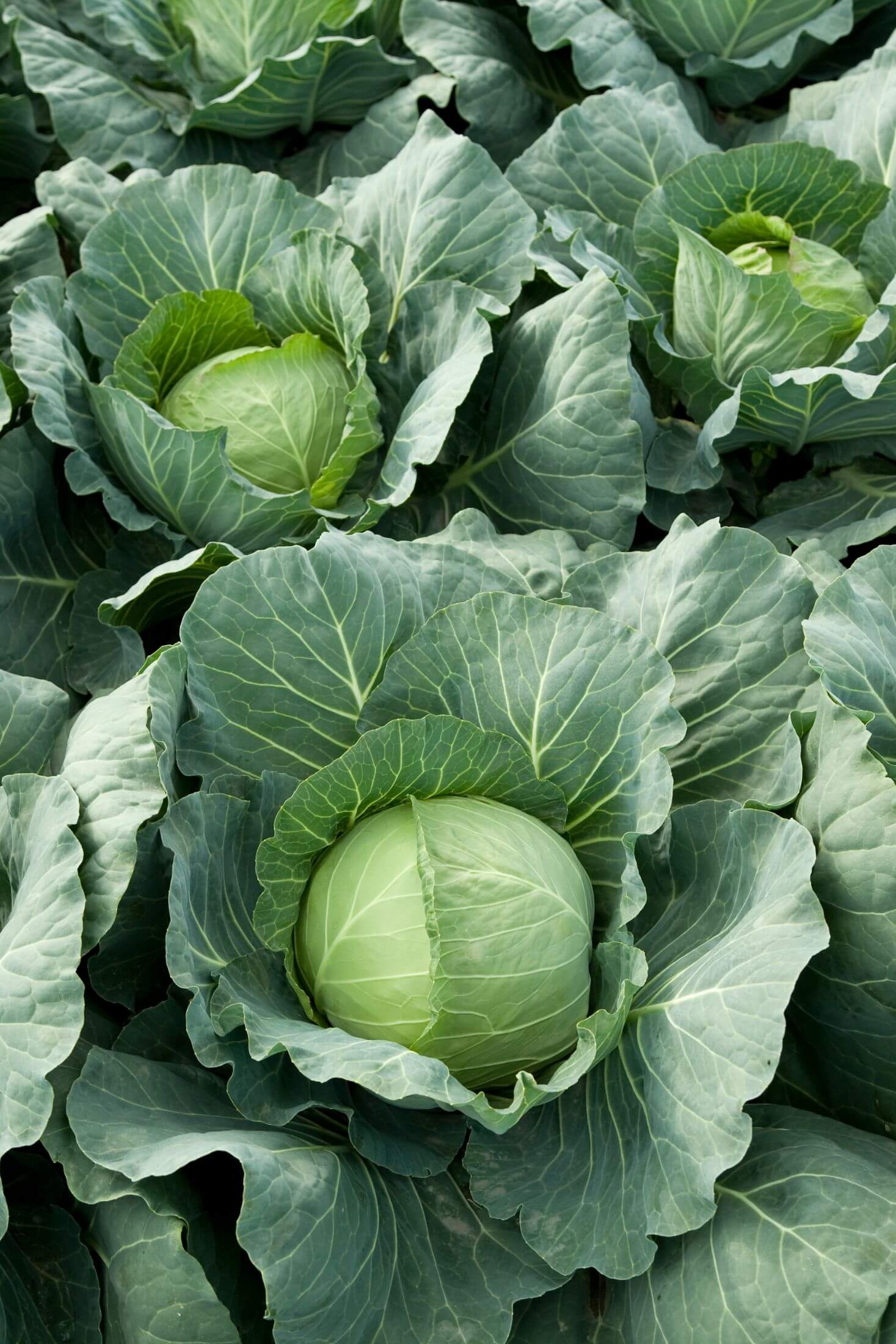
3. How far apart should nasturtiums be planted?
Nasturtiums should be planted about 12-18 inches apart. This will give them enough room to grow and spread without competing with each other for nutrients or water.
4. How long does it take for nasturtiums to bloom?
Nasturtiums usually start blooming within 4-6 weeks of planting. However, if your plants are not yet blooming, it may be because they need more time. Give them a few more weeks and they should start to flower.
5. What are some tips for caring for nasturtiums?
Nasturtiums are relatively easy to care for, but there are a few things you can do to help them thrive. These tips include:
- Plant nasturtiums in full sun.
- Water them regularly, especially during hot weather.
- Fertilize them every few weeks with a balanced fertilizer.
- Deadhead spent flowers to encourage new blooms.
- Protect them from pests and diseases.
Image of nasturtium flowers companion planting
5 different images of "nasturtium flowers companion planting" from Pinterest:
- Nasturtiums and tomatoes. Nasturtiums are natural companions for tomatoes, as they help to deter pests such as aphids and whiteflies. They also attract pollinators, which help to pollinate the tomatoes.
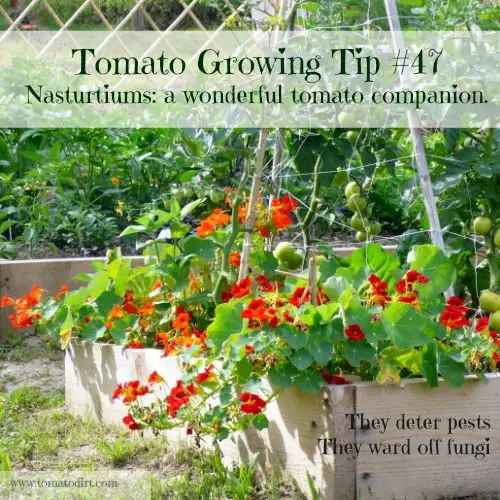
- Nasturtiums and roses. Nasturtiums can also be planted with roses to help deter pests such as Japanese beetles. They also add a splash of color and interest to the rose garden.

- Nasturtiums and beans. Nasturtiums can be planted with beans to help improve the nitrogen content of the soil. Beans are nitrogen-fixing plants, which means that they can convert atmospheric nitrogen into a form that can be used by other plants.

- Nasturtiums and cucumbers. Nasturtiums can also be planted with cucumbers to help deter pests such as cucumber beetles. They also provide shade for the cucumbers, which can help to prevent them from getting sunburned.

- Nasturtiums and lavender. Nasturtiums and lavender are both beautiful and fragrant plants that can be planted together in a garden. They also have complementary growing requirements, as nasturtiums prefer full sun and lavender prefers partial shade.
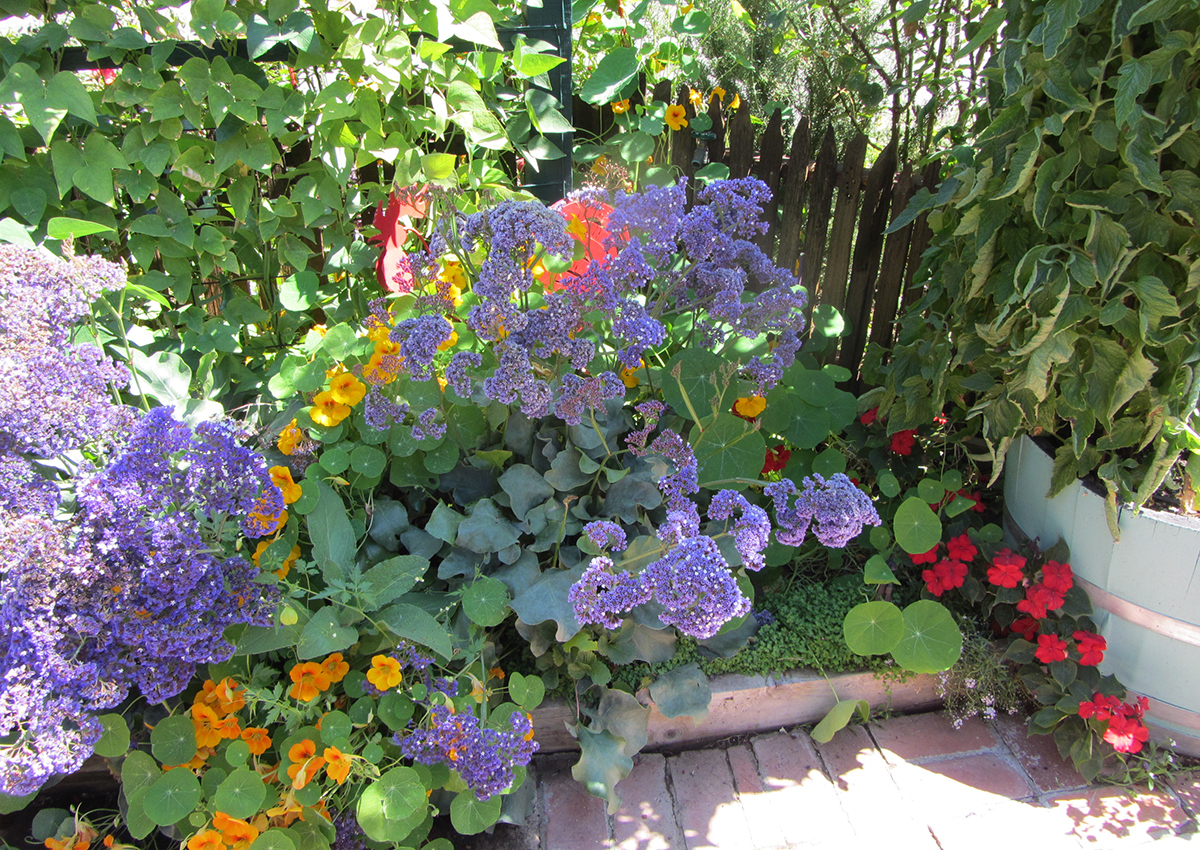
Post a Comment for "The Ultimate Guide To Companion Planting With Nasturtiums"